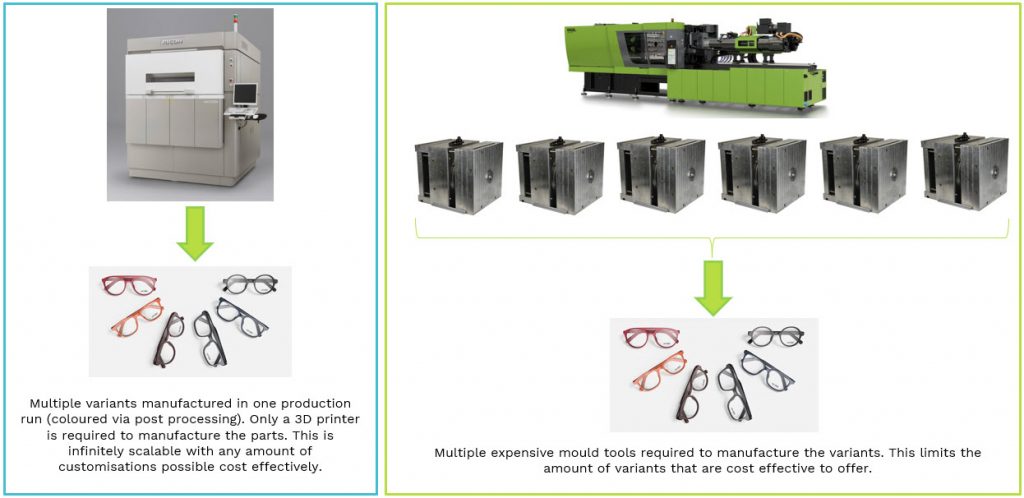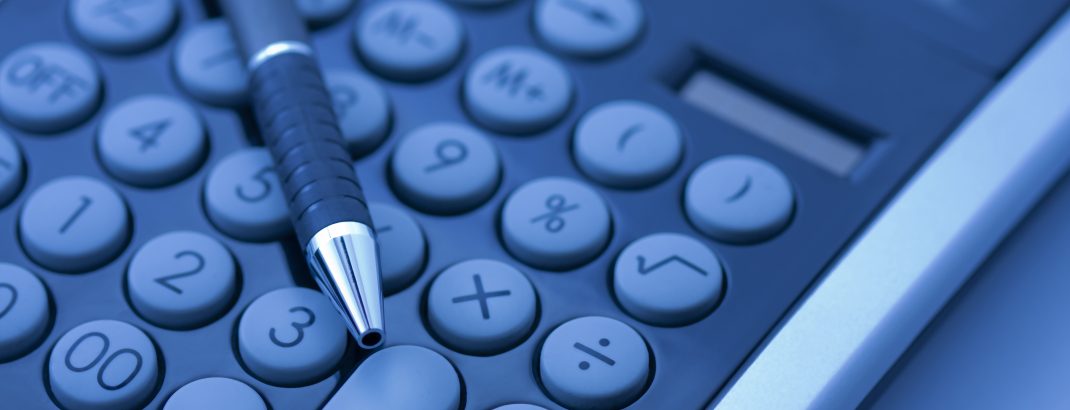As part of our ‘What are the advantages of 3D printing?‘ series we’re taking a closer look at each of our top ten factors. In this article we explore just how cost efficient 3D printing really is.
Number one priority for most, if not all manufacturers, is that all parts have to be cost effective – regardless of the production process. This applies to one-off prototypes right through to high volume manufacture.
Taken only on a part-by-part basis, a 3D printed part will nearly always carry a higher cost than its injection moulded equivalent. However, this is not the complete picture. With injection moulding and other traditional processes there is typically an investment in expensive tooling, priced in the thousands to tens of thousands of pounds. When this tooling investment is taken into consideration by amortising this cost into the part price then 3D printing can often emerge as the more cost-effective option, particularly for prototyping and low volume series manufacture. This, combined with the considerably reduced time to market, drives reduced product development cycles and ultimately competitive advantage – which carries an even bigger price tag and financial advantage in fast-moving marketplaces.

Every application is different and has a point at which one or the other process becomes the most competitive. When it comes to prototyping, 3D printing stands head and shoulders above any other process which requires tooling investment. Rarely (or never) has there been an application where a one-off part is more cost effective to produce via a tooling process.
The risk factor is also important to consider when it comes to product development. Although tooling can be (and is often) modified after it is manufactured, tooling mistakes can easily blow the budget and delay product launch. This is something which does not need to be considered for 3D printing, as tooling is eliminated so any modifications or errors are negligible in cost and can often rectified in a matter of days.
When 3D printing is considered at the design phase, these financial gains are taken even further with part consolidation, which reduces part quantity and assembly costs. Inventory costs can also be significantly impacted by converting to an on-demand print model. For some market leaders, as 3D printing grows in confidence the ideal of printing at location is starting to become a reality, particularly with a focus on spare and legacy parts. This not only impacts shipping costs but addresses the risk of complex international supply chains that has been brought into focus since March 2020.
The cost model for 3D printing is always going to struggle at a base economics level, but when the user value of the ultimate customer is put in the foreground instead and as more manufacturers take a step back and ask “what does a customer want?”, then the case for 3D printing confidently emerges. Engaging with a service provider can offer an especially cost effective route to realising the financial advantages of 3D printing; eliminating the risk of hardware investment and with the responsibility absorbed by the printing partner for machine knowledge, technology innovation and build optimisation.
